Equipment
Visual Sports Systems: Can a $40,000 golf simulator be worth it?
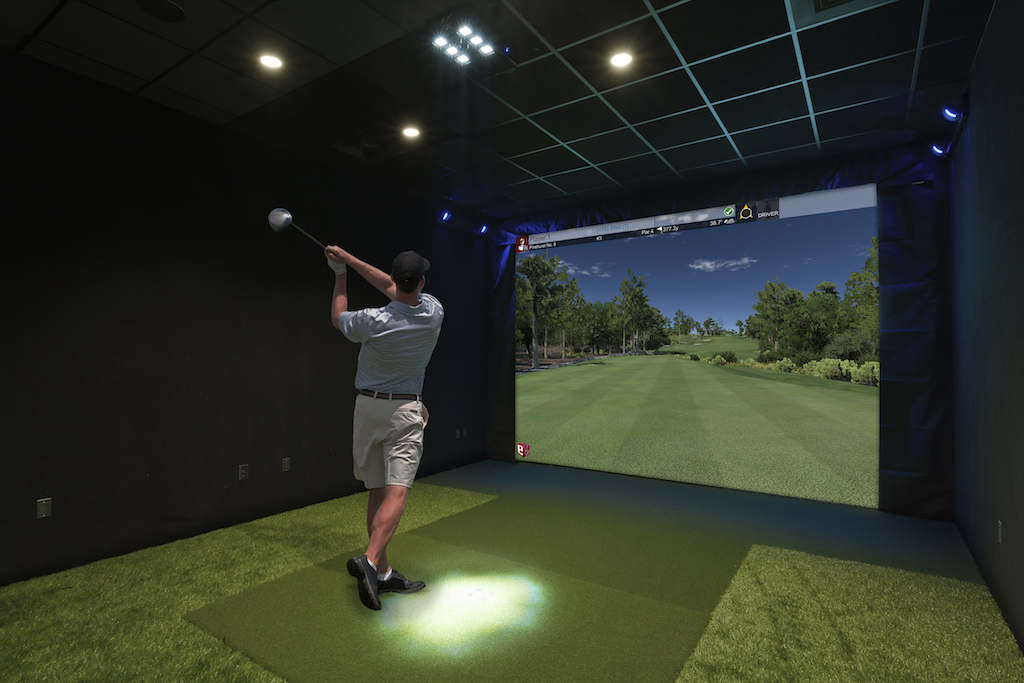
Golf simulators are nothing new. In fact, basic sports simulation systems have been around since the early 1970s. That said, modern versions hardly resemble their 40-year old counterparts — and if recent trends continue, you may be more likely to have one of these in your basement than you think.
Based in Toronto, Ontario, engineering firm Visual Sports Systems (VSS) started in 2000 by creating a simulator specific to hockey for the Hall of Fame (also located in Toronto). Over the past 15 years, Visual Sports has blossomed into one of the premier high-end interactive sports simulator companies in the market. Even as the game has witnessed a sharp decrease in participation, VSS continues to grow and expand. 2014 marked the company’s best year, posting a record 30 percent increase in sales over the previous year.
Although current platforms allow for 13 different games (hockey, baseball, soccer, etc.) on either VS (Versatile Solutions) or ES (Elite Series) platforms, it is chiefly golf simulation that drives its interest. Golf is the magnet that pulls in corporations and homeowners alike.
Commercial clients (think: cruise ships, stadium events like the Super Bowl and retail golf centers) typically purchase a VS system — costing $30,000 to $35,000 — which offers the same technology and gaming platforms as the ES, but is better suited for a quicker, turn-key set-up, install and relocation.
In fact, if you were at the Super Bowl this year, you may have seen two of Visual Sports simulators sponsored by Tommy Bahama and Chevrolet.
If you’re looking to augment your garage or deck out your man-cave, the ES (Elite System) series will blow your mind and set you back about $45,000. Primarily, the difference between the ES and VS is that the ES system is custom built and installed to fit a particular room or area in your house. If this sounds appealing, plan on a space about 10-feet high, 14-feet wide and about 20-feet deep. Also, plan on getting a lot more than a screen that shows you about how far your shot went.
Using four ultra-high speed cameras for each technology, both the ES and VS systems accurately measure both ball and swing data utilizing proprietary V-Track and Swing-Track technology. V-track records ball data at 2000 FPS (frames per second), or 30 times faster than HD Video. Like high-end launch monitors, V-Track measures spin, launch angle, velocity (ball speed), ball flight and other pertinent data.
Swing-Track technology records images at a rate of 600 FPS so the player can see exactly what their swing is doing and how it impacts ball flight. For instructors, allowing a player to see ball flight, launch data and swing information at the same time, is “something very unique to this product,” according to Chris Lee, marketing director for Visual Sports Systems. It’s like having a “launch monitor and frame-by-frame swing sequence at the same time.”
So maybe you can’t stomach a $40,000 toy for the man cave just yet, but “give it 5-to-7 years,” Lee says. Like other technologies “prices have already started to come down and as demand increases, economies of scale takes over a bit.”
What that means exactly, no one can predict. However, if companies can produce the same quality product for 20 percent of the current cost, simulators will be competing against hot tubs instead of kitchen remodels and that, according to Lee, is “exceptionally realistic.”
Even at $40,000, Visual Sports provides significant value. Or put another way, if you spend $40,000 on a system, you’re going to get $40,000 worth of technology. Unlike some competitors, Visual Sports doesn’t have a large advertising budget and is very careful not to pass unnecessary costs onto the customer.
As costs continue to decline, Lee’s optimism is grounded not only in sales projections but in what he knows to be true about golf. From the casual player seeking entertainment, to the teaching pro looking to offer something unique, to the condominium complexes wanting to revamp the traditional recreation center — there’s no shortage of people looking to make tee time anytime.
- LIKE116
- LEGIT9
- WOW7
- LOL2
- IDHT4
- FLOP1
- OB1
- SHANK7
Whats in the Bag
Jason Day WITB 2024 (April)
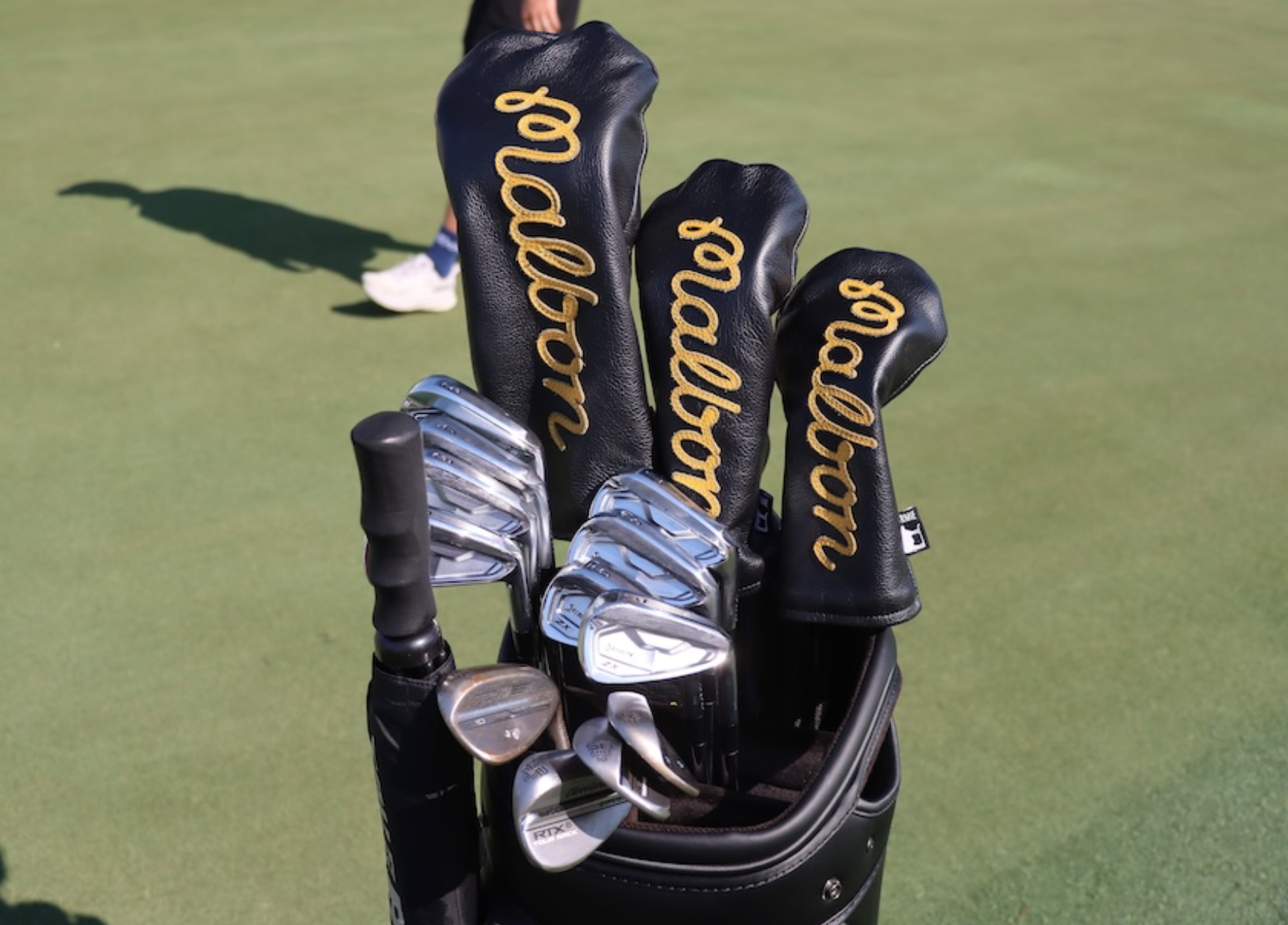
- Jason Day what’s in the bag accurate as of the RBC Heritage.
Driver: Ping G430 LST (9 degrees @10)
Shaft: TPT Driver 15 Lo
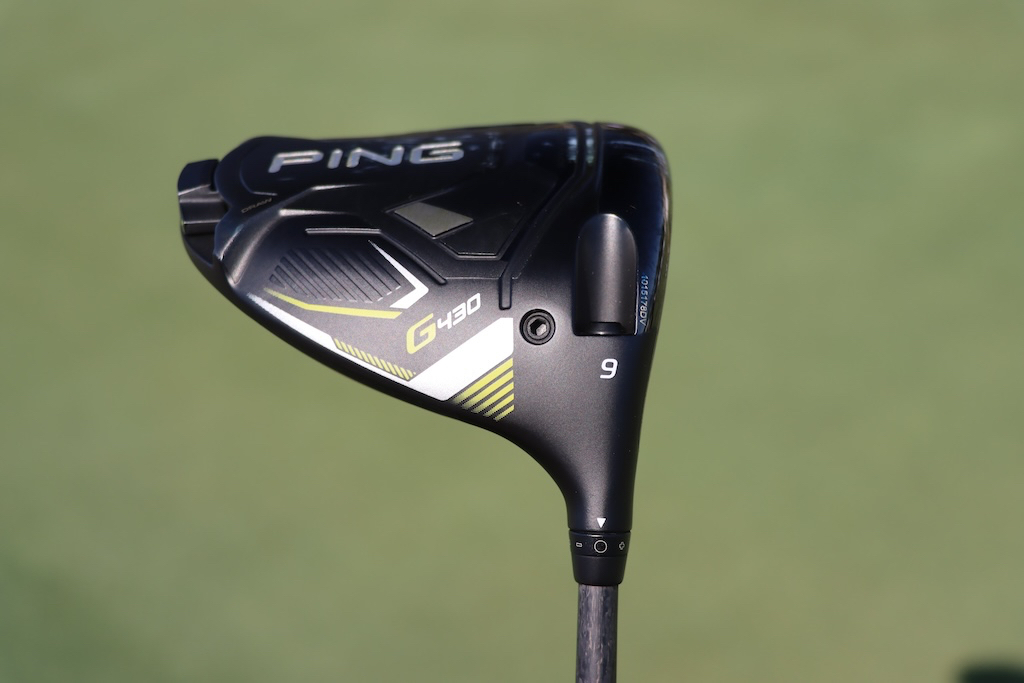
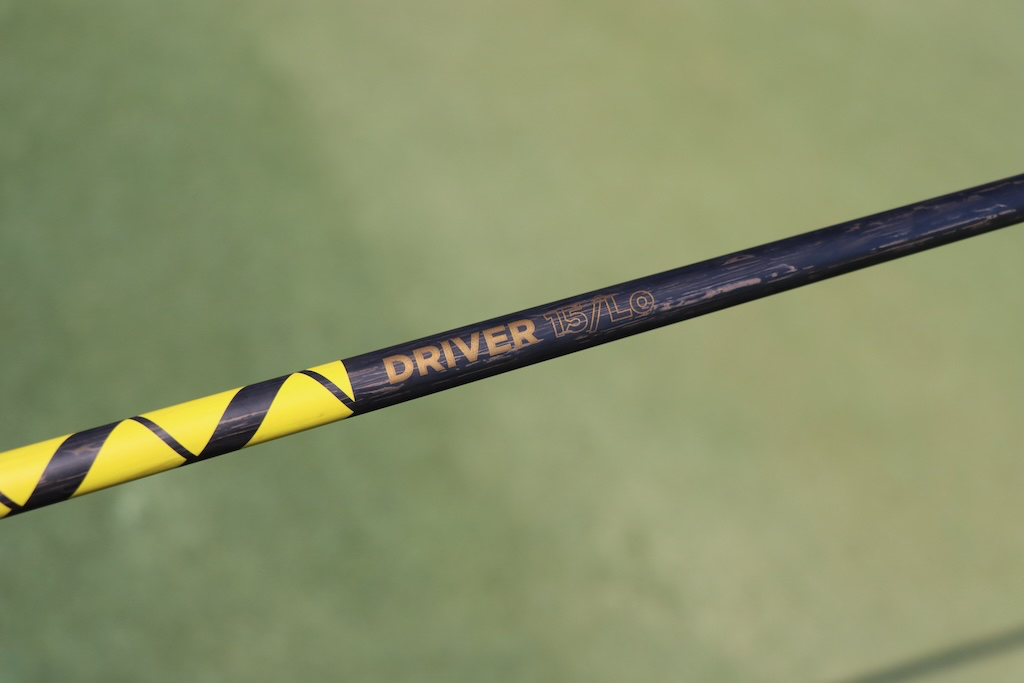
3-wood: TaylorMade SIM Max (15 degrees)
Shaft: Mitsubishi Kuro Kage 80 X
7-wood: TaylorMade Stealth (21 degrees)
Shaft: Mitsubishi Kuro Kage 80 X
Irons: Srixon ZX5 Mk II (3, 4), Srixon ZX7 Mk II (5-PW)
Shafts: True Temper Dynamic Gold X Seven
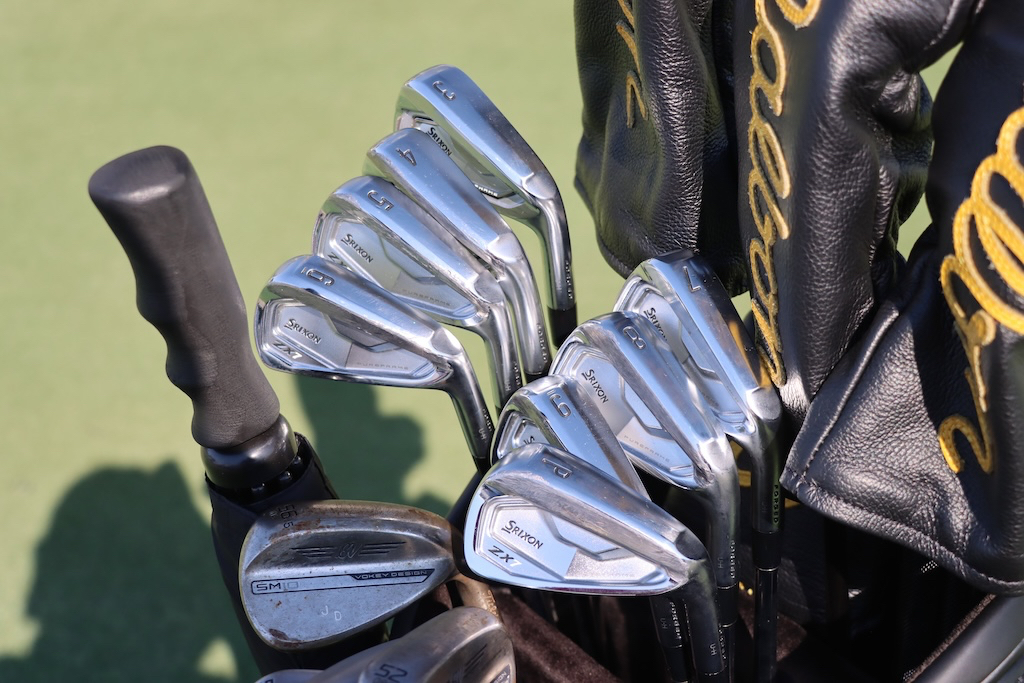
Wedges: Titleist Vokey Design SM10 (52-08F, 56-10S, 60-04T), Cleveland RTX 6 ZipCore Tour Rack (56-10 MID, 52-10 MID)
Shafts: True Temper Dynamic Gold X Seven
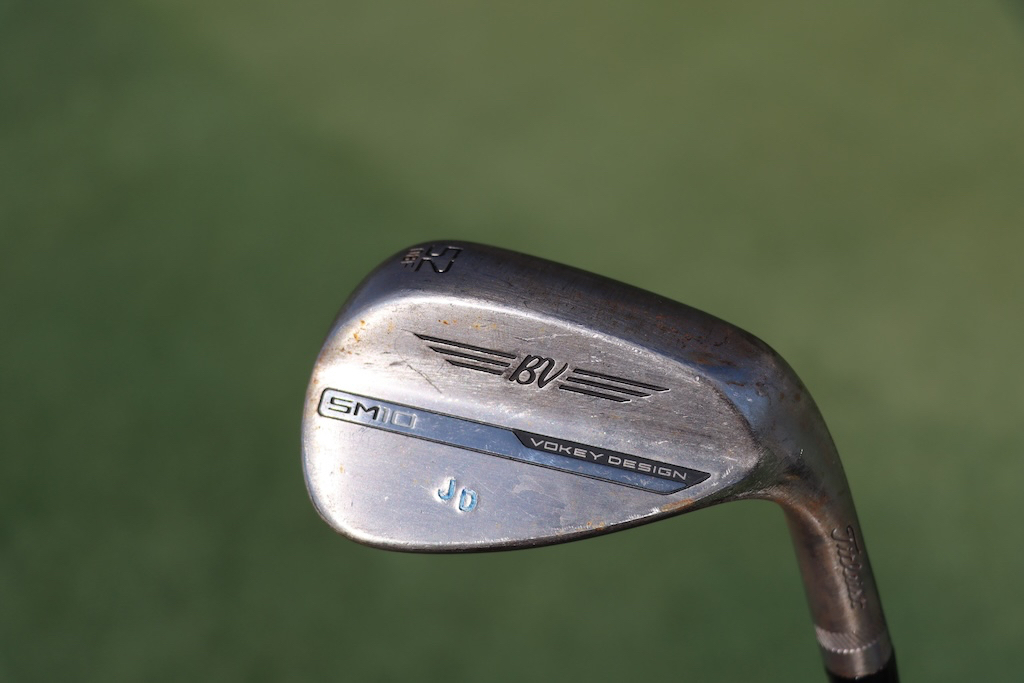
Putter: TaylorMade Itsy Bitsy Spider Limited
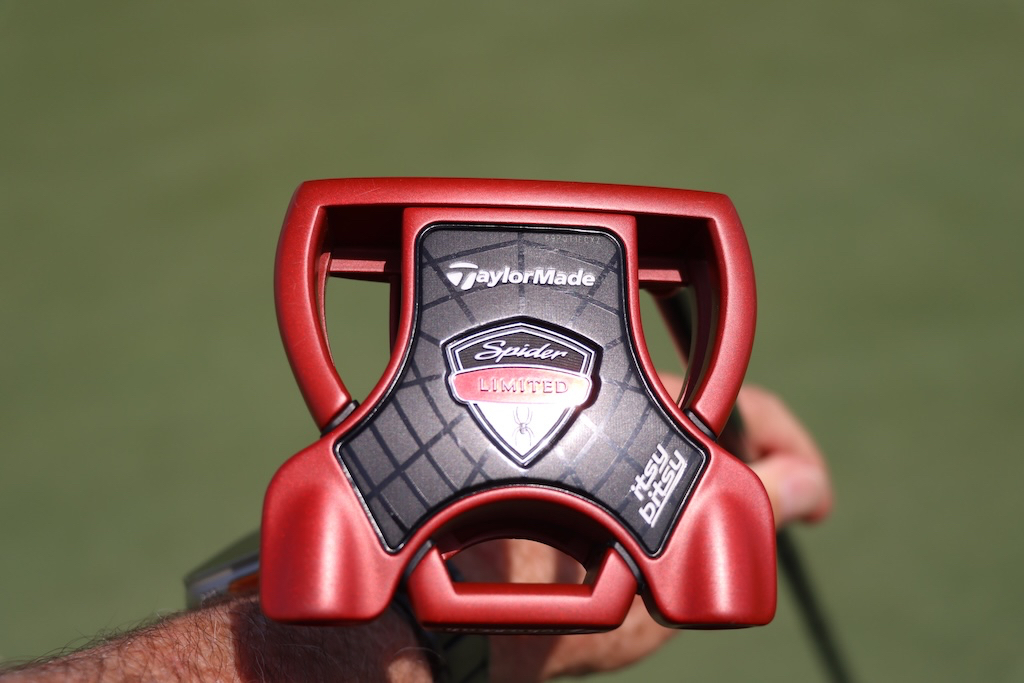
Grips: Golf Pride Tour Velvet Cord
Ball: Bridgestone Tour B X (with Mindset)
Check out more in-hand photos of Jason Day’s WITB here.
- LIKE0
- LEGIT0
- WOW0
- LOL0
- IDHT0
- FLOP0
- OB0
- SHANK0
Whats in the Bag
Ludvig Åberg WITB 2024 (April)
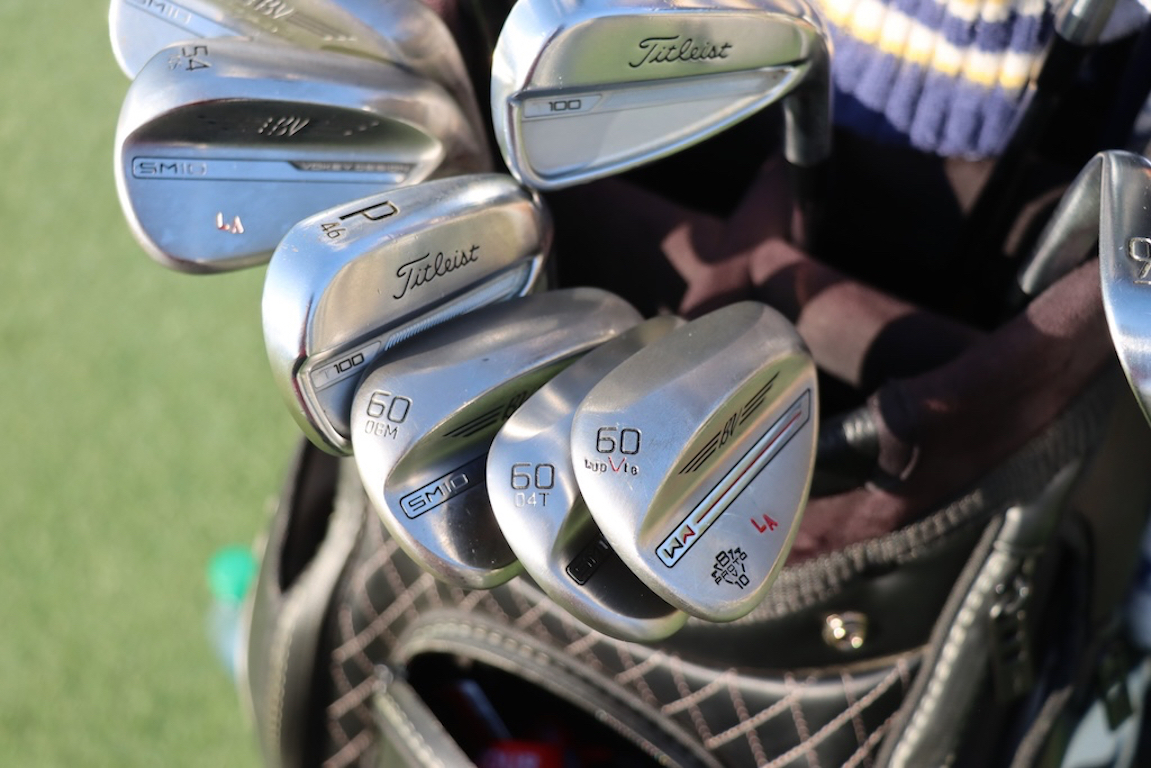
- Ludvig Åberg what’s in the bag accurate as of the RBC Heritage.
Driver: Titleist TSR2 (9 degrees, D4 SureFit setting)
Shaft: Fujikura Ventus Black 6 X
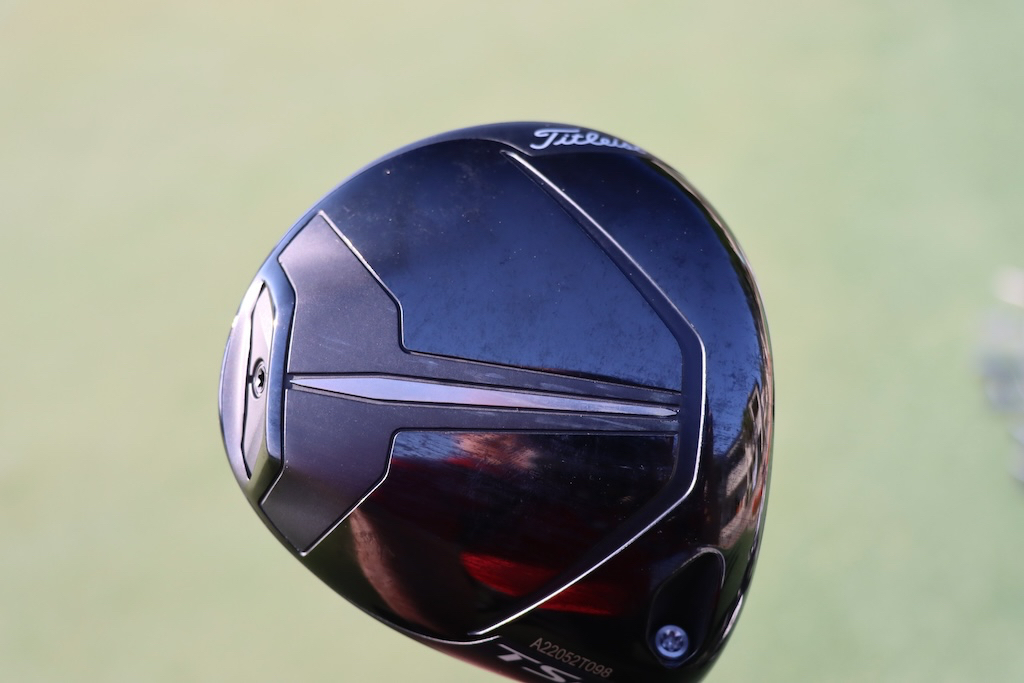
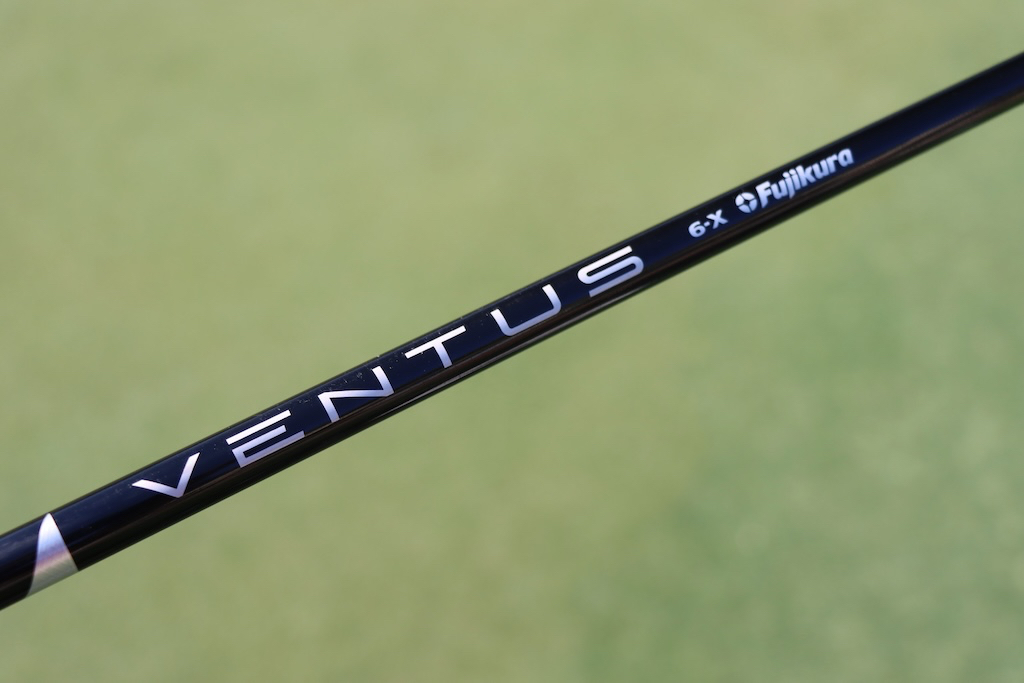
3-wood: TaylorMade Stealth 2 (15 degrees)
Shaft: Fujikura Ventus TR Blue 8 X
5-wood: TaylorMade Stealth 2 (18 degrees)
Shaft: Fujikura Ventus TR Blue 8 X
7-wood: TaylorMade Stealth 2 (21 degrees)
Shaft: Fujikura Ventus TR Blue 9 X
Irons: Titleist 718 TMB (2), Titleist T200 (2), Titleist T100 (4-PW)
Shafts: KBS Tour Hybrid 105 X (2), KBS Tour 130 X
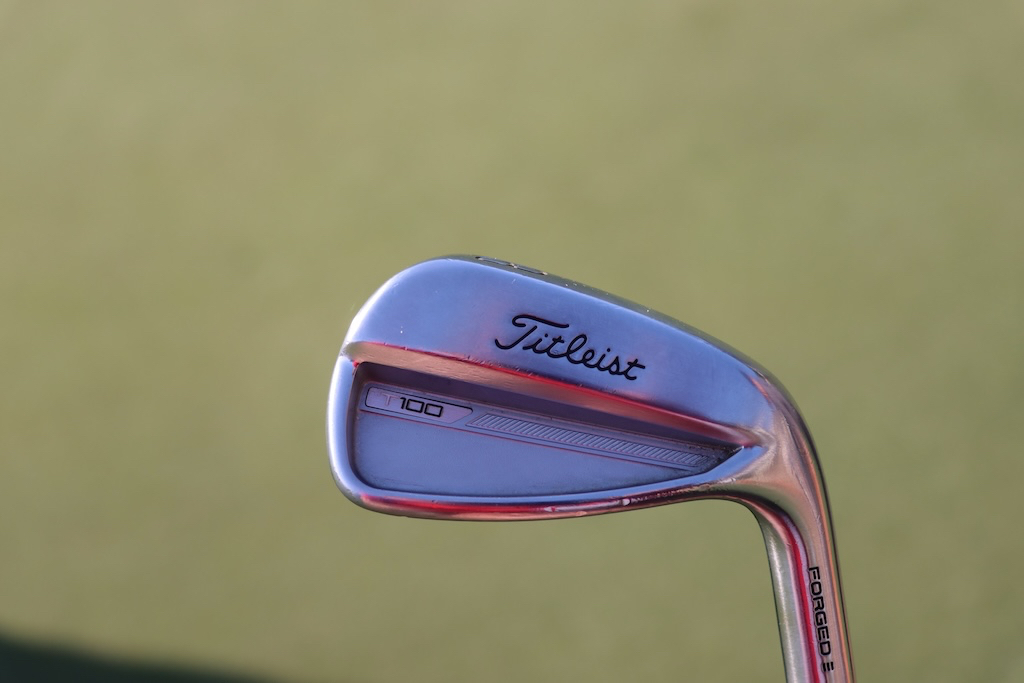
Wedges: Titleist Vokey Design SM10 (50-08F, 54-10S, 60-08M, 60-04T), WedgeWorks Proto (60-10V)
Shafts: KBS Tour 130 X
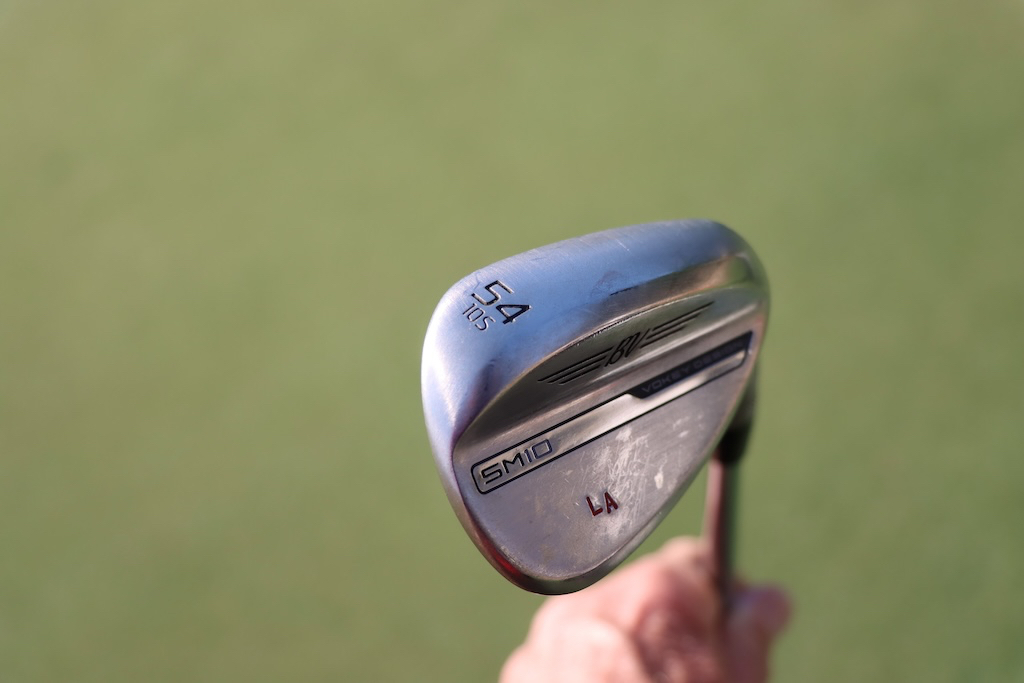
Putter: Odyssey White Hot Versa #1
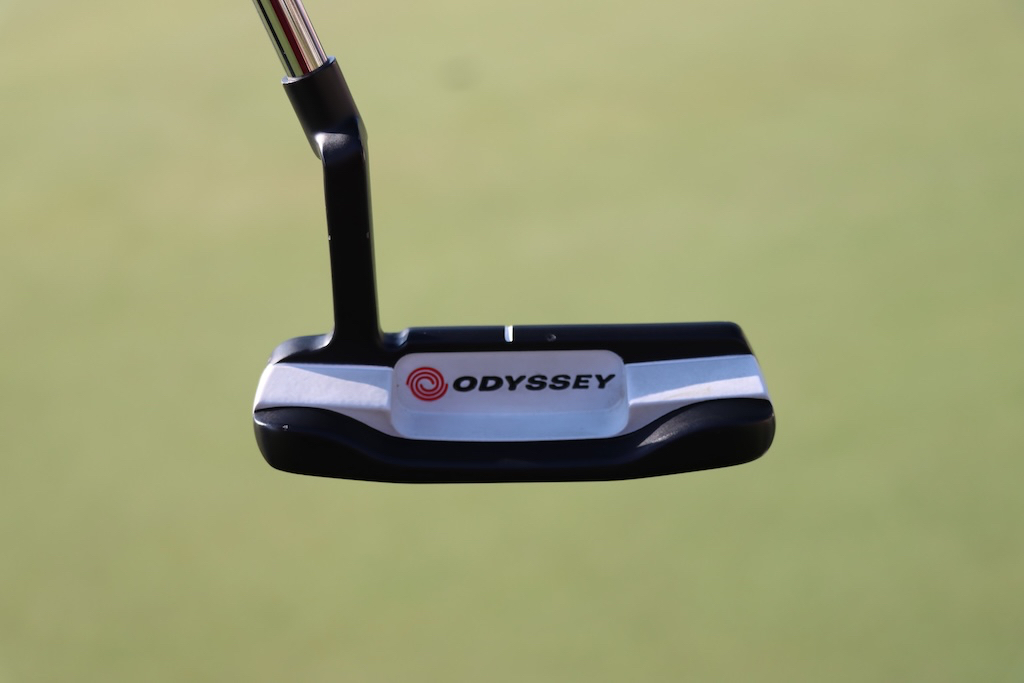
Grips: Golf Pride MCC
Ball: Titleist Pro V1x
Check out more in-hand photos of Ludvig Aberg’s clubs in the forums.
- LIKE1
- LEGIT0
- WOW0
- LOL0
- IDHT0
- FLOP0
- OB0
- SHANK0
Equipment
Spotted: Callaway Paradym Ai Smoke Ti 340 mini driver, DUW fairway wood
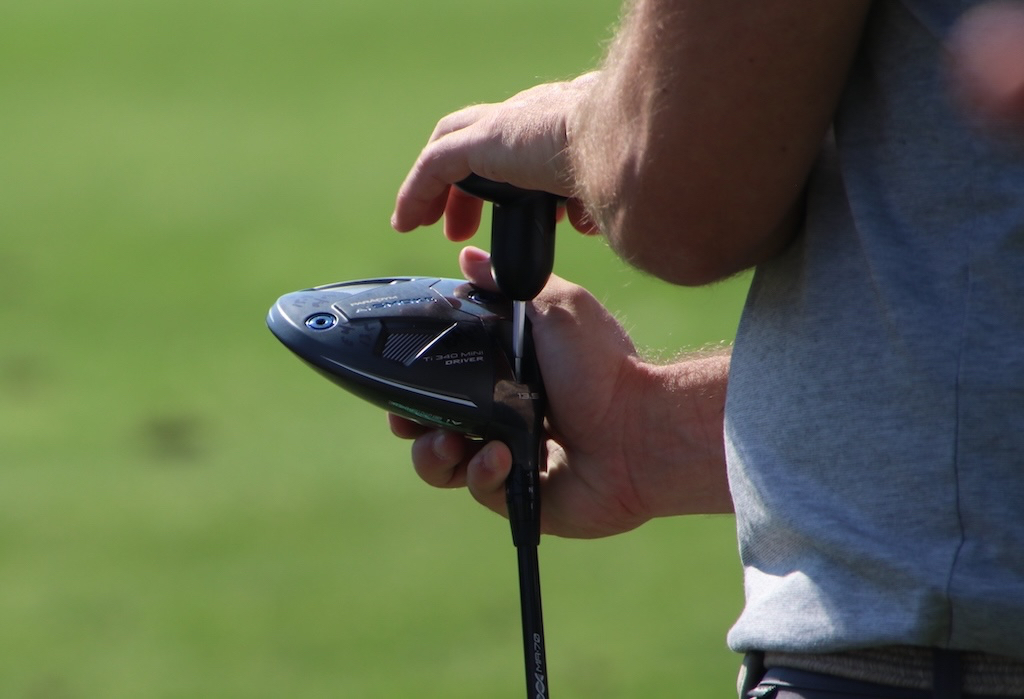
We have seen a few new mini drivers from the likes of Titleist and TaylorMade being tested out on tour recently. Now, Callaway looks to be jumping into the mix at the RBC Heritage. We spotted Christian Bezuidenhout testing out a new Paradym Ai Smoke Ti 340 mini driver on the range. We don’t have any details yet but the club clearly states “mini driver” on it, and the “340” could easily refer to how many CCs the head is.
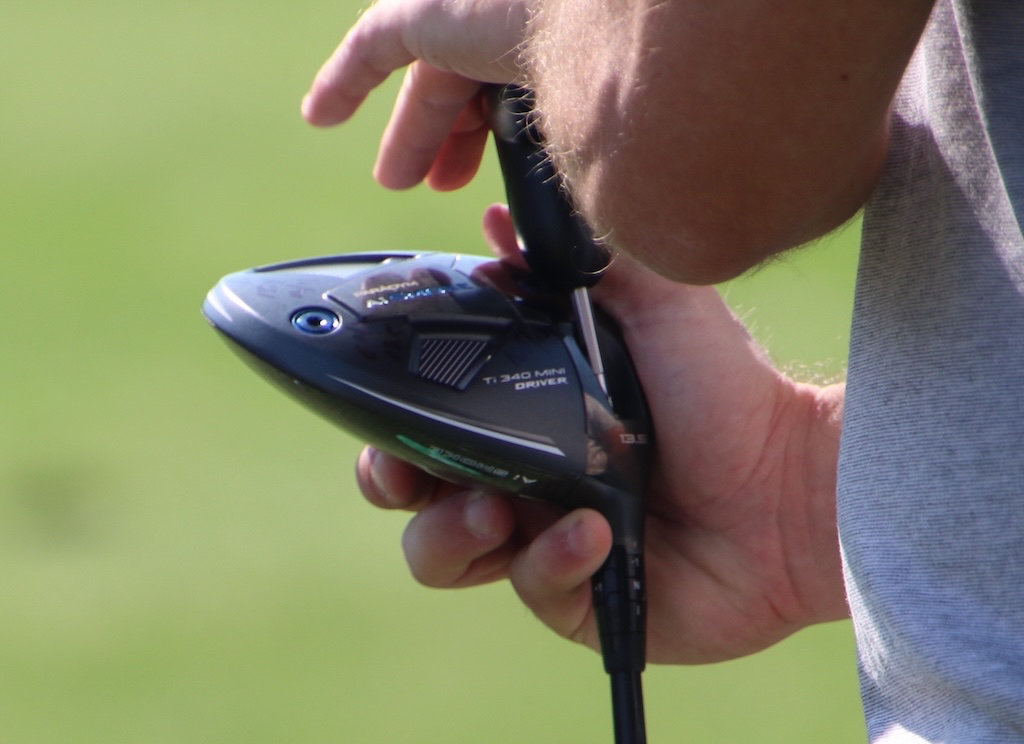
What we do know is that this mini driver has a very similar design to the current Paradym Ai Smoke Triple Diamond 3-wood. The sole looks to be made from steel or titanium, not forged carbon like the Paradym Ai Smoke drivers. It has weights up near the face and at the back of the club. Callaway’s OptiFit hosel is also present on this driver to allow loft and lie adjustments, and if you look closely on the face, you can make out the “Ai Smart Face” text at bottom center. The crown looks to have the familiar carbon fiber weave and Ai Smoke logos we have seen on the current clubs.
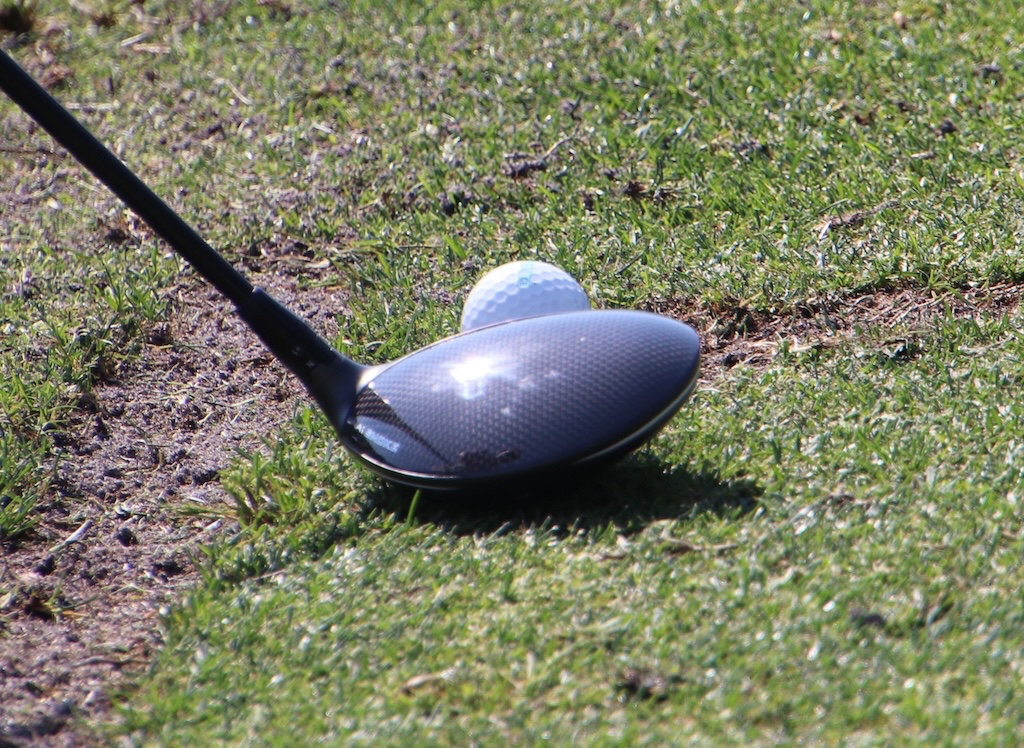
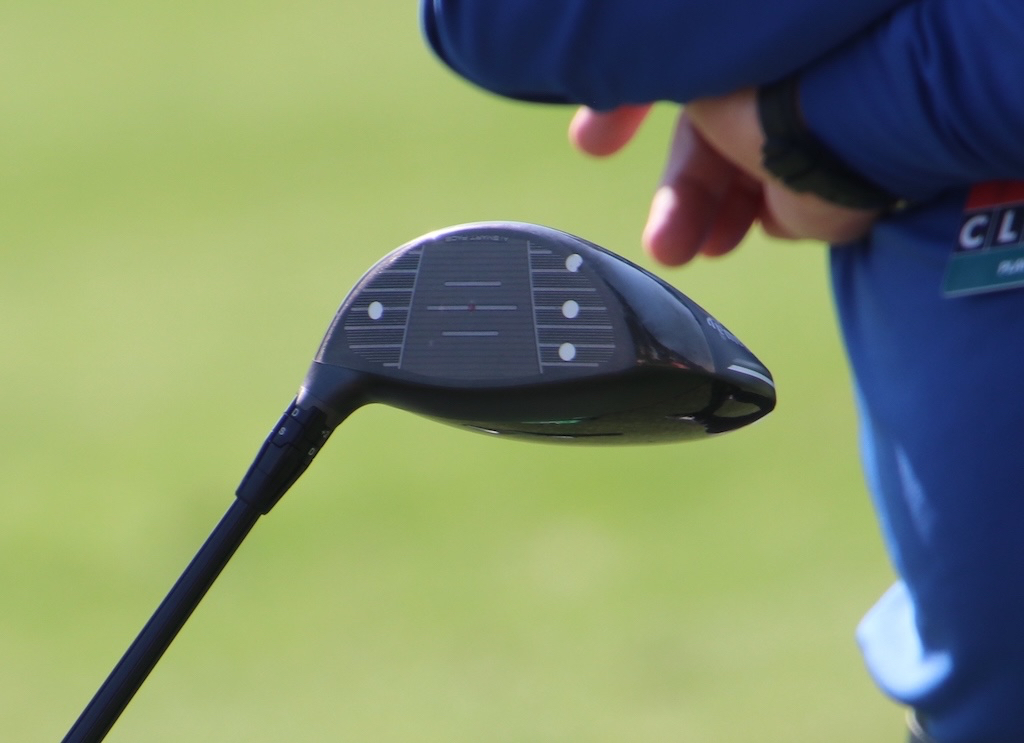
Callaway Paradym Ai Smoke DUW
The other Callaway prototype that was spotted looked to be a little more of a traditional fairway wood — but with non-traditional weight placements on it. Callaway’s Paradym Ai Smoke DUW looks to have four adjustable weights on it — two on the sole, one on the hosel, and one on the toe. This hosel isn’t adjustable, and I would assume that is to save some weight from creating spots for the movable weights.
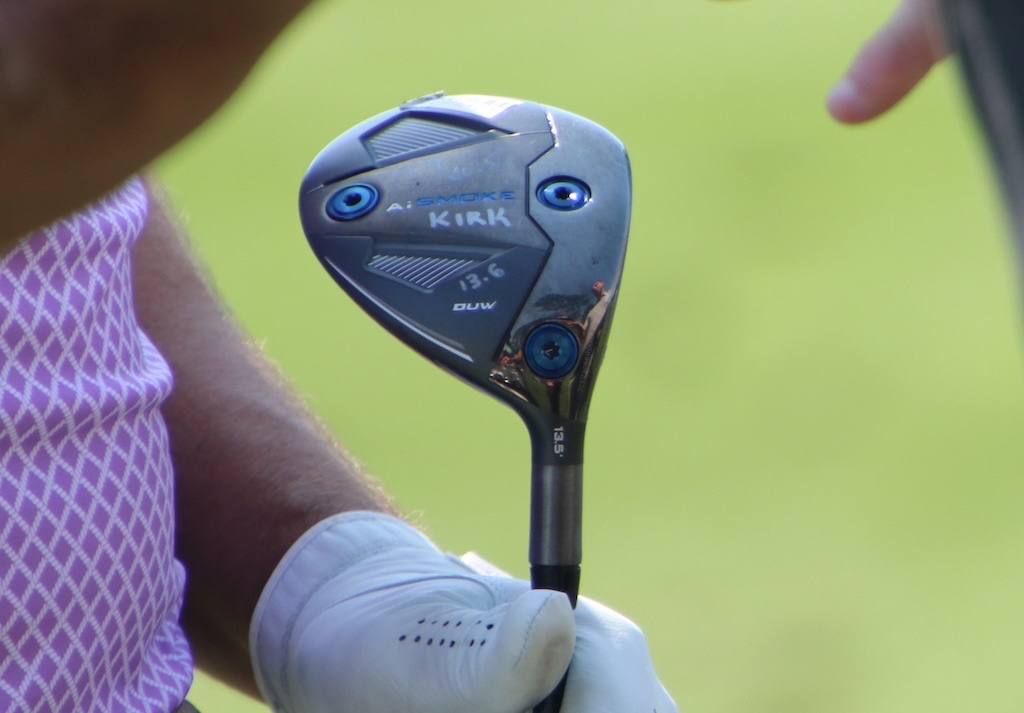
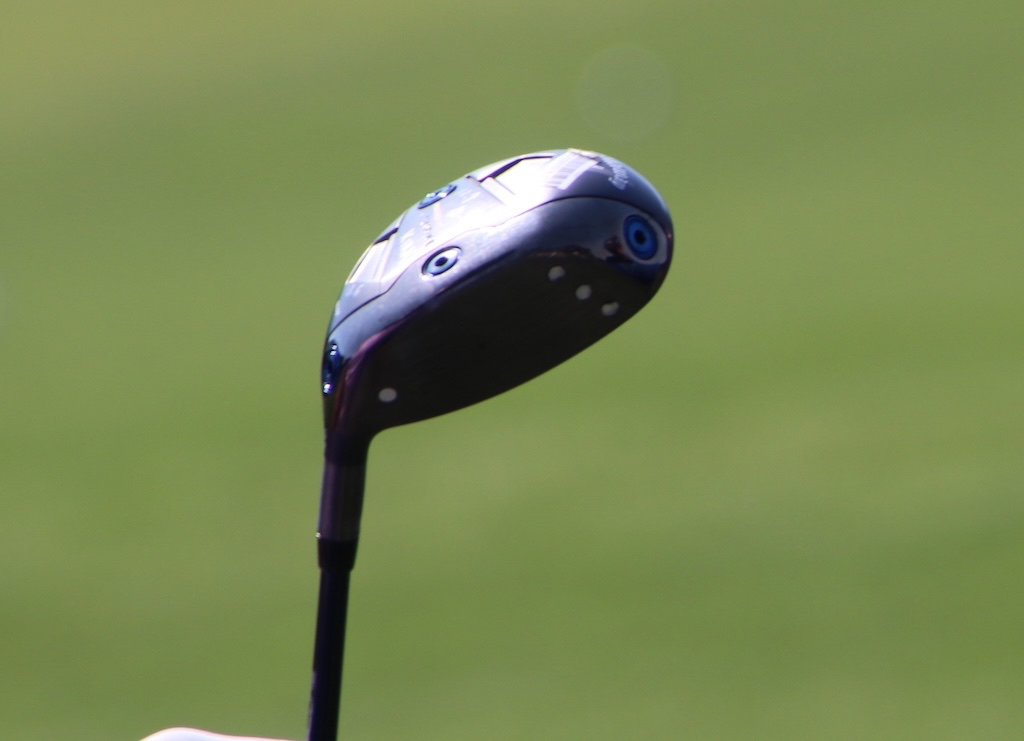
It is hard to tell from the photos, but the face looks to be a touch deeper than the traditional Triple Diamond fairways. This deeper face could be where the “DUW” name comes from. With three weights all pushed forward near the face this DUW has to be a very low spinning and launching head. The sole is made from metal and similar in design to the current Paradym Ai Smoke Triple Diamond fairway woods as is the carbon crown.
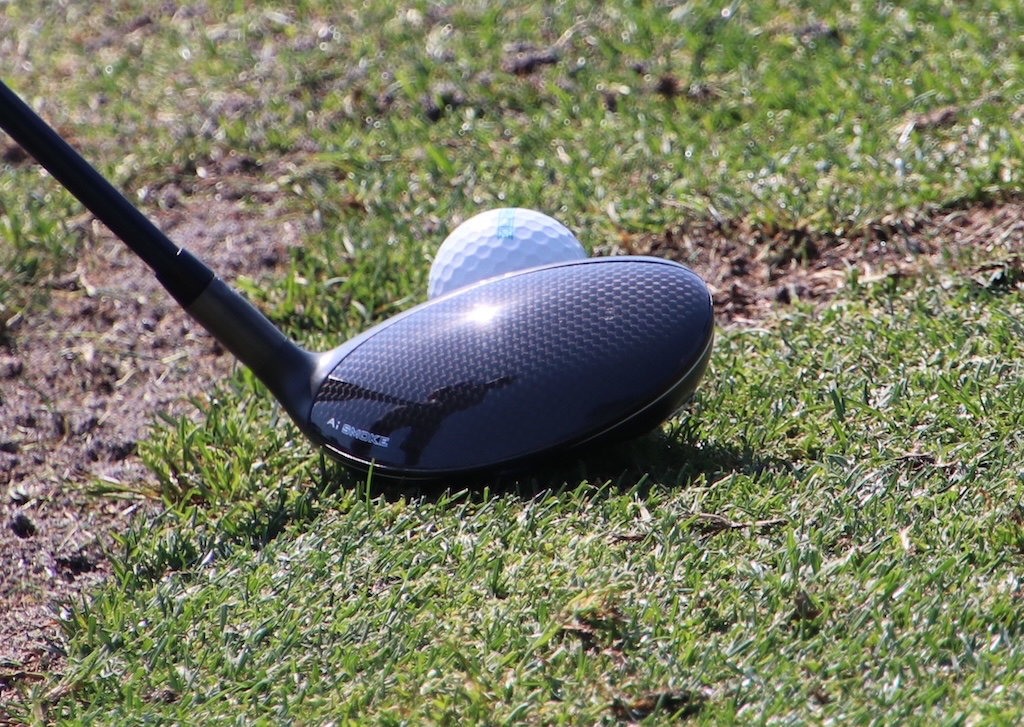

- Check out more of our photos from the 2024 RBC Heritage here.
- LIKE1
- LEGIT1
- WOW1
- LOL0
- IDHT0
- FLOP0
- OB0
- SHANK0
-

 19th Hole6 days ago
19th Hole6 days agoDave Portnoy places monstrous outright bet for the 2024 Masters
-

 19th Hole2 weeks ago
19th Hole2 weeks agoThings got heated at the Houston Open between Tony Finau and Alejandro Tosti. Here’s why
-

 19th Hole1 week ago
19th Hole1 week agoTiger Woods arrives at 2024 Masters equipped with a putter that may surprise you
-

 19th Hole2 weeks ago
19th Hole2 weeks agoReport: Tiger Woods has ‘eliminated sex’ in preparation for the 2024 Masters
-

 19th Hole2 days ago
19th Hole2 days agoTwo star names reportedly blanked Jon Rahm all week at the Masters
-

 19th Hole1 day ago
19th Hole1 day agoNeal Shipley presser ends in awkward fashion after reporter claims Tiger handed him note on 8th fairway
-

 19th Hole2 weeks ago
19th Hole2 weeks agoAddiction, spinal fusion, and scam artists – Everything Anthony Kim revealed in candid interview with David Feherty
-

 19th Hole2 weeks ago
19th Hole2 weeks agoAnthony Kim says doctors told him that he ‘may not have much time left’ ahead of LIV return

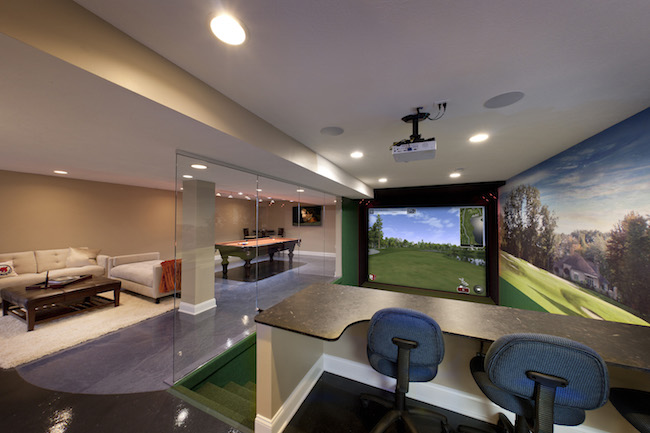
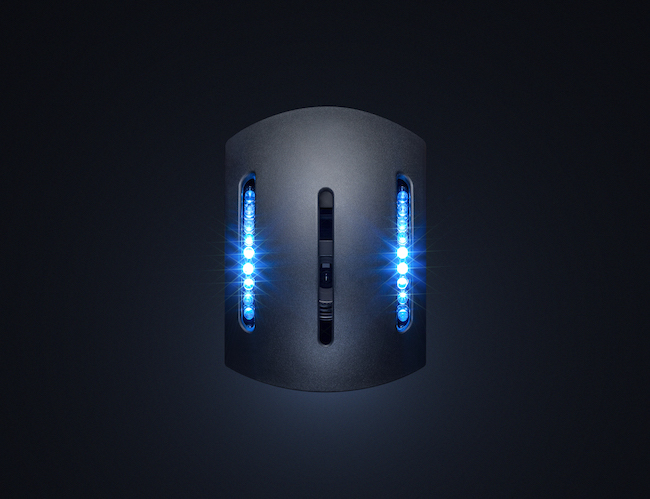
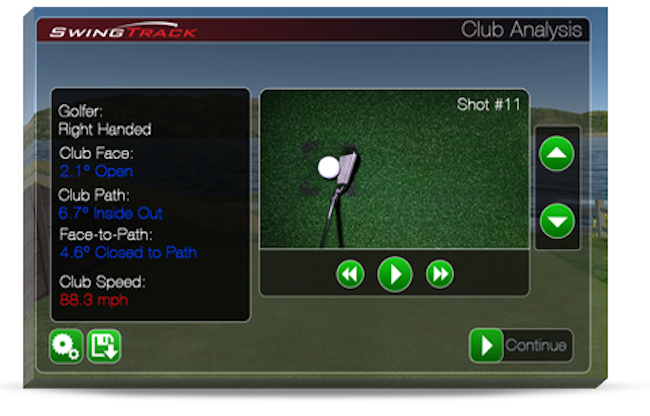

















T Bundus
Apr 13, 2015 at 4:20 am
@Thomas, I have an HD Simulator and there are actually 4 cameras and 8 stereoscopic sensors. It’s extremely accurate and doesn’t miss. The cameras are located in the top right and left of the simulator supports, as well as 2 over head. Additionally, there are 2 extra cameras for video at 450pics a second. This is far more accurate than a trackman; for numerous reasons: 1) it doesn’t move, 2) it reads spin axis, 3) spin is read via a reflective strip and not via an angle of attack calculation 4) doesn’t require you to input data i.e. human manipulation. 5) it doesn’t matter where you hit it from in the sim as long as you are somewhere in the center. There are numerous reasons why you should splash out on a real simulator if you care about accuracy. Launch angle is also there, as well as all other regular numbers you’d expect to see on a simulator and more hang time for example, club fitting and equipment comparison. These are all very usefull functions for anyone that plays golf. Choose wisely.
Thomas
Apr 10, 2015 at 1:48 am
Key thing to look out for are 2-camera systems, they’re the most accurate (the other cameras are usually there to film your swing and allow swing analysis, but don’t actually feed the ball-flight information as far as I know. You want your ball-flight to be captured by a overhead camera and a side camera. Devices like Skytrak can’t tell where your ball lands because they’re measuring only from face on, so they are significantly off most of the time on side angle and side spin. HD golf or Aboutgolf also seem to fail, on launch angle and backspin mainly, because they only capture from above. Trackman, Sportscoach and VSS in my view have the best technology in the upscale range, it just makes sense to read the ball in 3D, I just don’t get how a “stereoscopic” camera is going to make any difference to that.
Thomas
Apr 10, 2015 at 1:36 am
GC2 is a good tool for indoor/outdoor use, nice and flexible launch monitor which you can almost carry around with you. I haven’t tried it as a simulator is it any good at the fun bits?
Thomas
Apr 10, 2015 at 1:14 am
I am thinking of some day getting a mancave of sorts. 40k to 80k if you go for the best products is a pretty lumpy sum of money, though, I was thinking more like 20k budget. Under 20k the stuff I’ve tried didn’t do the trick for me. At my local simulator shop we play on a Golfzon simulator, Korean stuff. It’s pretty good fun, but the courses are all Asian so no chance of playing a round at Augusta or Pebble Beach. Nice interesting courses though. As far as simulation goes, out of the 20 simulators I have tried, the Golfzon is probably average plus. It’s quite playable, reads most of your shots if you set up properly, does ok on short game but putting is an issue. Big weakness is the inability to properly read spin. Only few simulators have 3D high speed HD camera technology to properly read side and backspin. If you’re looking for the most realistic golf experience, I would go for the Trackman simulator, for 55-65k, VSS not far behind and slightly cheaper – both provide very accurate and detailed data. If you want the best data feedback for your fitting purposes, probably also Trackman. In terms of value for money and versatility, go for Sports Coach simulator, also very realistic I think prices start from about 25k and build up from there to around 70k. I would probably go for Sports Coach myself, especially because their short game modules seem to be ahead of the curve as far as I can tell, so you can actually play any shot, whereas it’s really hard to guess distances on most of the others, for the short game, and also because they have the most golf courses mapped. I personally don’t rate AboutGolf or HDGolf as much, they seem more of a rip-off to me (definitely go for Trackman if you’re going to spend 55k), but still very good product (not sure about accuracy of data). Total thumbs down to Golf Achiever which is by far the worst I have played on, can’t read a shot properly to save it’s life, not worth spending anywhere close to 20k on. Golfzon is ok, and as I understand it’s good value for money at around 20-30k (not sure about price). So that’s how far I’ve got in my market study so far… Any suggestions as to how to make do with 20k for a realistic round is welcome! I hope not to have to wait 7 years!
MikeD
Mar 31, 2015 at 4:03 am
I played in an indoor league for two winters on similar $40k units. Was it fun? Yep. Did we drink a ton of beer? Yep.
Would I ever, in any situation, purchase a simulator like this? Nope. Not ever.
Is this a piece to put in a man-cave? Surely. Then all your golf buddies come and use it, drink YOUR beer, and feel great doing it.
There are clearly more cost effective means to the simulator/trainer end. Will these sell? Sure. There are enough guys out there with disposable income to warrant this company being viable. Will it trickle down? Nah… I don’t see it. Not with the more “reasonable” options out there.
John
Mar 29, 2015 at 9:19 am
For 40K I’d rather get a TrackMan system and get some serious practicing done
Thomas
Apr 10, 2015 at 1:37 am
Totally agree although it seems to me if you want the full simulator package it’s more like 55-65k I think?
Birdeez
Mar 27, 2015 at 10:44 pm
A huge issue besides cost is space. Not many have 10ft ceilings in the basement.
Thomas
Apr 10, 2015 at 1:51 am
Ever thought of digging deeper into your basement? Do you know what is beneath?
other paul
Mar 27, 2015 at 10:19 pm
I got to try skytrak for $2000. The straighter you hit it the more accurate it is. Also had a $2000 optional software package. If you include PC, projector and the screen and frame, $10000. But I could use it just fine for $5000. Wouldn’t use for club fitting. But it was fun like crazy.
bob
Mar 27, 2015 at 5:35 pm
I have a foresight gc2 in the basement with The Golf Club software all in for projector and all was around 12k. Beats most of these 50k units also. There is also skytrack that is suppose to have some simulation software coming out soon and skytrack unit only costs 2k. Not sure how these big 50k simulators are going to survive with better cheaper solutions out there.
Kyle
Mar 27, 2015 at 7:21 pm
You get what you pay for. The more expensive ones will be more accurate. To some, that’s important. To others, not as much. I’d love to get a track an setup in the future if possible.
Brian
Mar 28, 2015 at 10:07 am
My $300 Optishot is better than this $45,000 ES because it’s cheaper. Is a reasoning I hear here. ??? As long as you hit I straight and square every time. Is the justification?
Chris
Mar 27, 2015 at 7:57 pm
I’d be interested to know what makes your unit better than the ES or VS systems? These high end companies are doing very well and growing – So it seems they’re competing quite well.
Scooter McGavin
Mar 29, 2015 at 10:19 am
I don’t think he’s trying to say that the GC2 is necessarily better in its performance than this system, but the Foresight system is one of the more accurate compact systems out there, which is why numerous fitters and teachers use it. I think he was trying to inquire about what you’re getting from this 45k system that you wouldn’t get from a system, that even brand new you could probably assemble for 20k (isn’t a new GC2 around 10-15k or something?). Is it just the custom room design that accounts for the much higher cost? The slow motion swing camera feature could factor in some, but I doubt the system is much more accurate than the Foresight.
Josh
Mar 27, 2015 at 5:21 pm
Living in Michigan, the value of one of these seems much more justified this time of year. Cabin fever does cravy things to ya